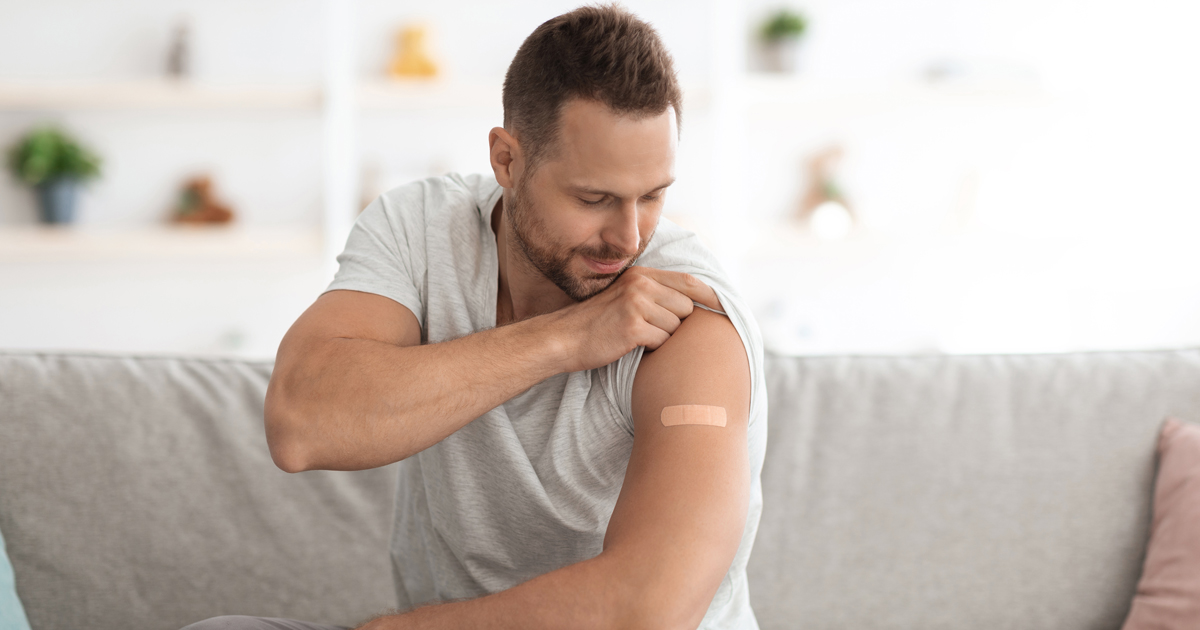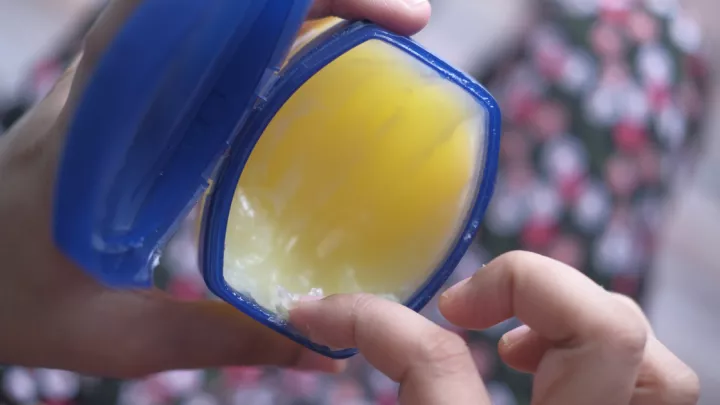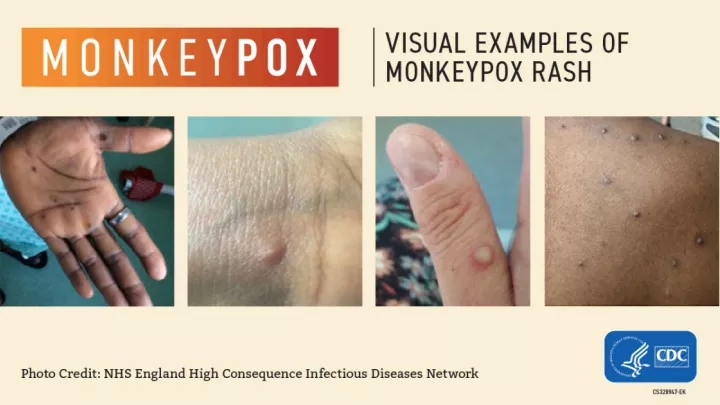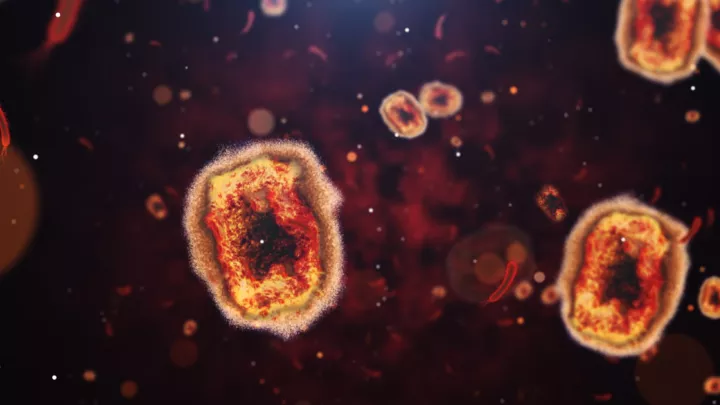8 mpox vaccine questions – and where to get it

As of Sept. 15, there are 24 mpox cases in Douglas County.
Infectious diseases nurse practitioner Nikki Regan, MSN, APRN, NP-C, is leading mpox vaccine education and outreach in Nebraska Medicine clinics.
Get answers to the most common questions about the mpox vaccine. You can also protect yourself from mpox in other ways.
1. Are mpox vaccine and smallpox vaccine the same?
Yes. The JYNNEOS vaccine is approved for prevention of both mpox and smallpox. "Smallpox and mpox are in the same family of viruses," explains Regan. This vaccine has shown effectiveness in previous outbreaks of smallpox and mpox.
2. Are mpox vaccines available now?
"We simply don't have enough to vaccinate the entire population," says Regan. "There's a lot of demand for it, so we're reserving vaccines for people at highest risk."
Mpox vaccines are available for the prevention of mpox both before and immediately after an exposure:
Post-exposure: You can get the vaccine up to 14 days after close contact with someone with mpox. Get the vaccine as soon as possible after exposure to get the best chance of preventing mpox or having a less severe illness. "Getting vaccinated within a couple days of exposure reduces the risk of developing mpox," says Regan.
Pre-exposure: Pre-exposure prophylaxis or PrEP vaccinations are the majority of vaccinations right now. "Every health department has its own prioritization criteria. Here in the Omaha area, we are prioritizing people at high risk of mpox exposure including men or transgender people who have sex with men, especially if they have multiple partners or recent sexually transmitted infections," says Regan. "Check with your local health district to see how it's being distributed in your area."
How to get the mpox vaccine: Take the Douglas County Health Department survey. If you are eligible, they will reach out to you about where to get your vaccine. If you live outside of Douglas County, check with your provider or local health department.
3. How does the mpox vaccine work?
The JYNNEOS vaccine is a two-dose series, given 28 days apart.
"The vaccine has a virus that's been weakened so it can't replicate in your body," says Regan. "The weakened virus can't make the person sick, and it can't spread to other people either. The weakened virus is there for the immune system to see it and build some protection against it. Then, if the person is exposed to the real mpox virus later, the immune system remembers it and prevents the infection."
4. Can the mpox vaccine cause a rash or leave a scar?
That red, raised bump on your arm after receiving the vaccination is perfectly normal. It's not permanent and should go away after several weeks.
The shallow injection of the vaccine causes a wheal, which looks like a small bubble and gradually fades. Providers are giving the mpox vaccine intradermally (between the skin) rather than subcutaneously (into fatty tissues) to increase supply. Intradermal injection has increased the vaccine supply fivefold.
"We place a small amount of vaccine right under the top layer of the skin, which causes a wheal – kind of like a little bubble," says Regan. "It can be irritating and itchy and sometimes causes bruising, but this is minor and temporary." Other common vaccine side effects include tiredness and headache.

5. Can the mpox vaccine be given with other vaccines?
In most cases, you can get a JYNNEOS vaccine at the same time you get other vaccines, except the COVID-19 vaccine. If you get the JYNNEOS vaccine, wait four weeks before getting a COVID-19 vaccine.
6. Is the mpox vaccine free?
Yes, the mpox vaccine JYNNEOS is free. The federal government is currently distributing the vaccine.
7. Can the mpox vaccine help after exposure?
Yes, the vaccine can prevent mpox or lessen the severity of your disease if you get vaccinated soon after a known exposure. Ideally, you should get vaccinated as soon as possible – ideally within four days, but it can be given up to 14 days after exposure.
You can also get the vaccine before exposure as a preventive step if you're eligible.
8. Which mpox vaccine is safe for people with eczema?
JYNNEOS is safe for people with eczema. ACAM2000, a vaccine that is approved for smallpox and available for the prevention of mpox under an Expanded Access Investigational New Drug protocol, is a live virus vaccine that is not safe for people with eczema and some other conditions.
"JYNNEOS is the primary vaccine being administered for the current mpox outbreak in the United States," says Regan. "ACAM2000 is an alternative vaccine that contains a live replicating virus called vaccinia. It can spread to other parts of your body and other people, so you have to be extra cautious caring for the vaccine injection site."
The ACAM2000 vaccine is not safe for people with these conditions:
- Eczema, psoriasis or other dermatologic issues
- Pregnant or breastfeeding
- Decreased immune function for any reason, including HIV







